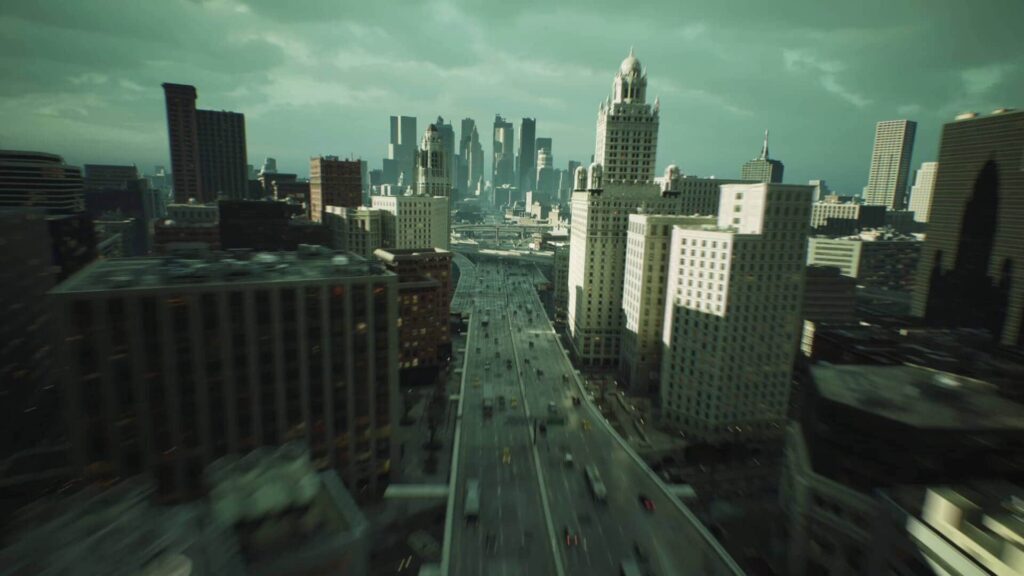Unreal Engine, developed by Epic Games, is a versatile and powerful game engine used in game development across all platforms, as well as in industries such as architecture, film, and automotive design. Some of its core features include Blueprint Visual Scripting, advanced lighting and shadowing, Physically Based Rendering (PBR), Virtual Reality (VR) support, and animation tools. Game developers use Unreal Engine to bring their ideas to life, starting with planning and conceptualization, prototyping, content creation, programming and scripting, testing and debugging, and optimization and polish. Unreal Engine continues to evolve and improve as new technologies and platforms arise.
Behind the Scenes: The Power of Unreal Engine and Its Use in Game Development
The world of video game development is a fascinating one. Behind every exciting game that we play, there is a team of developers, artists, and designers who work tirelessly to create a seamless and immersive gaming experience. One of the most critical components of game development is the game engine. The game engine serves as the foundation for every game, providing developers with the tools and resources they need to create stunning visuals, animations, and gameplay mechanics. One such game engine that has revolutionized the industry is Unreal Engine.
What is Unreal Engine?
Unreal Engine is a game engine that was developed by Epic Games in 1998 for use in their first-person shooter game, Unreal. Since then, it has evolved into one of the most versatile and powerful game engines available. Unreal Engine is widely used in game development across all platforms, including PC, consoles, and mobile devices. It is also used outside of game development, in industries such as architecture, film, and automotive design.
Features of Unreal Engine
Unreal Engine is known for its powerful and varied feature set. Here are some of the core features that make it so popular:
Blueprint Visual Scripting
Unreal Engine allows developers to create complex gameplay mechanics without the need for coding using Blueprint Visual Scripting. This visual scripting system enables developers to create logic graphs that control gameplay elements, such as weapon behavior and AI movement, in a simple yet powerful way.
Advanced Lighting and Shadowing
Unreal Engine provides advanced lighting and shadowing systems that allow for realistic and immersive environments. This makes it possible to create realistic shadows and lighting that react dynamically to changes in the environment, such as the movement of characters and objects.
Physically Based Rendering (PBR)
Unreal Engine uses Physically Based Rendering to achieve realistic and accurate lighting and shading. This system takes into account the physical properties of materials and lighting conditions to create visually stunning and realistic environments.
Virtual Reality (VR) Support
Unreal Engine has built-in support for creating VR experiences. This enables game developers to create immersive and interactive VR experiences that can be enjoyed on a variety of platforms, including PC, mobile devices, and standalone VR headsets.
Animation Tools
Unreal Engine provides robust animation tools that allow developers to create complex animations for characters and objects. These tools include animation blueprints, blend spaces, animation retargeting, and more.
How Developers Use Unreal Engine to Create Games
Game developers use Unreal Engine to bring their ideas to life. Here’s a brief overview of how they do it:
Planning and Conceptualization
The first step in using Unreal Engine to create a game is the planning and conceptualization phase. This is where the game’s mechanics, story, characters, and environment are brainstormed and drafted. Developers will often create concept art and storyboards during this phase to help visualize the game’s look and feel.
Prototyping
Once the game’s concept has been finalized, developers will create a prototype of the game using Unreal Engine. This involves creating basic gameplay mechanics, environments, and characters to test out the game’s core mechanics and see how they work in practice.
Content Creation
After the prototype has been created and tested, developers move on to content creation. This involves creating 3D models, textures, animations, audio, and other assets needed for the game. Unreal Engine’s built-in tools and resources make this process more accessible and efficient.
Programming and Scripting
Once the game’s content has been created, developers will start programming and scripting the game’s mechanics using Blueprint Visual Scripting or traditional programming languages like C++. This involves creating the game’s logic and behavior and integrating different game systems and mechanics.
Testing and Debugging
Once all the game’s elements have been created and integrated, developers will spend significant time testing and debugging the game to ensure it’s functioning correctly, and there are no bugs or issues.
Optimization and Polish
After the game has been tested, developers will spend time optimizing and polishing the game to ensure it runs smoothly on a variety of devices and platforms. This process involves fine-tuning the game’s performance, improving the graphics and visual effects, and adding final touches like sound effects and music.
Conclusion
Unreal Engine has revolutionized the game development industry, providing developers with a versatile and powerful game engine to create stunning and immersive games. As new technologies and platforms arise, Unreal Engine continues to evolve and improve, ensuring that it remains a critical tool in the world of game development.
